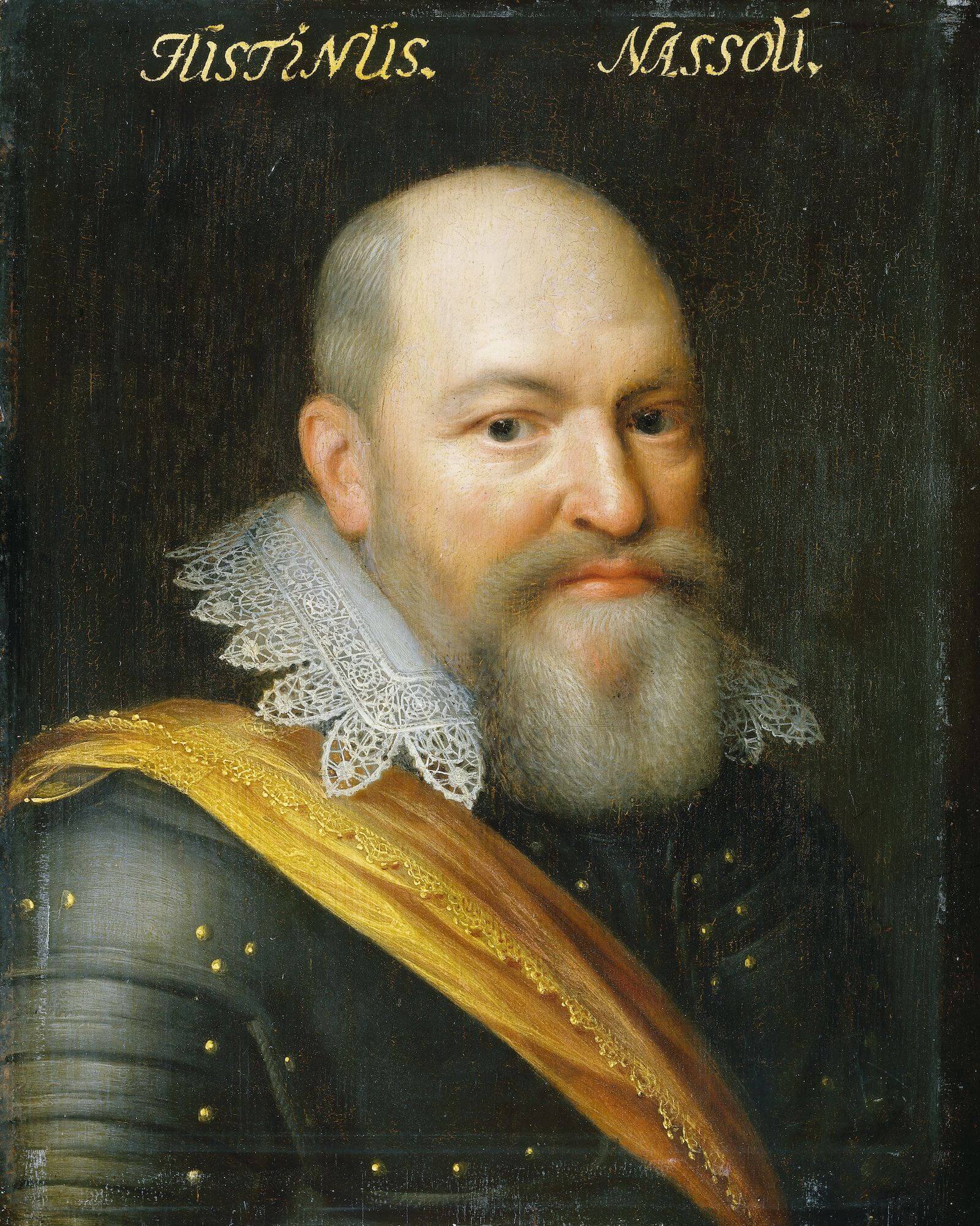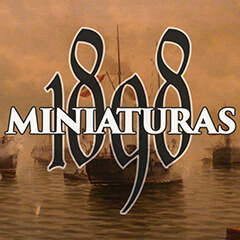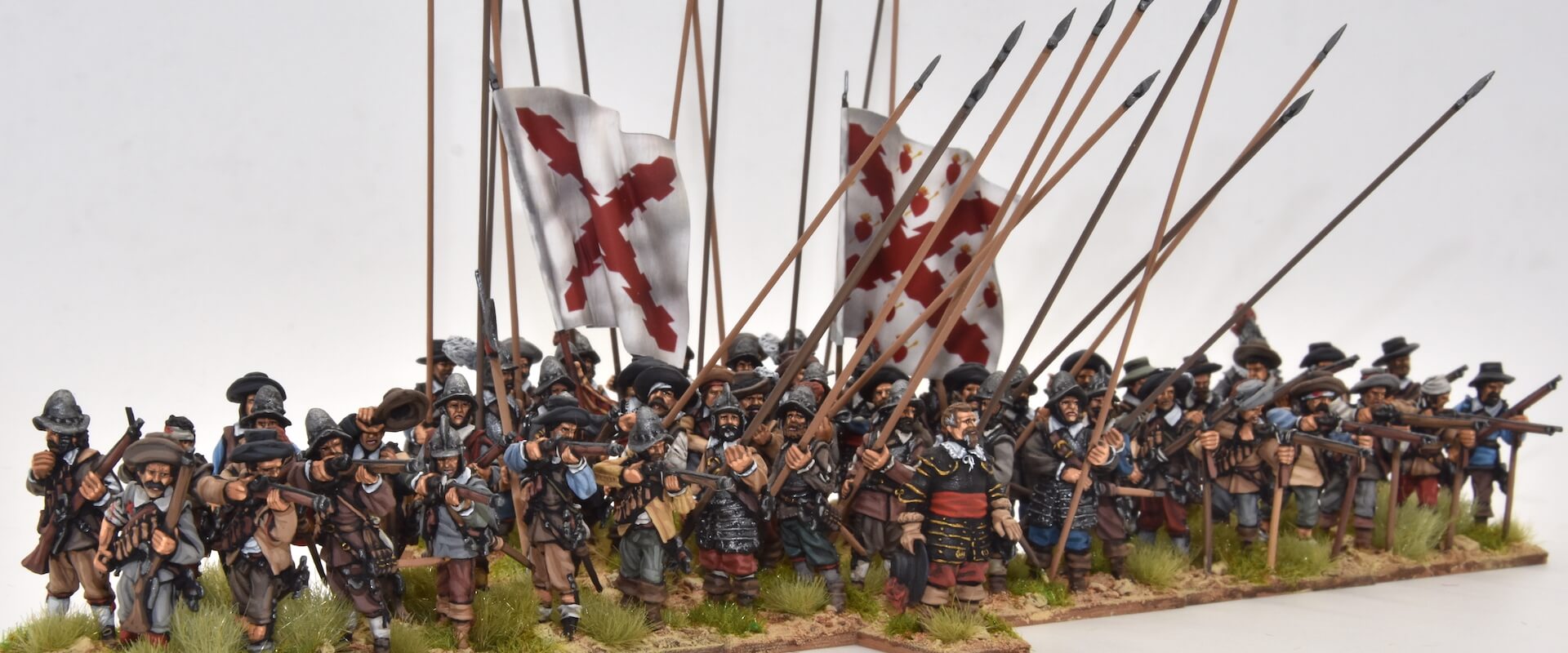On June 5, 1625, the Dutch city of Breda surrendered to the Army of Flanders under the Genovese Ambrogio Spinola after ten months of siege. The siege of Breda was an event of magnificent proportions that attracted the attention of the whole of Europe and had great impact in the painting and literature of the time.
In 1621 the Twelve Year’ Truce expired between the Hispanic Monarchy and the United Provinces. The triumph of the most belligerent factions in both sides heralded a return to hostilities.
Spinola conquered Juliers in early 1622, but failed that same year against Bergen op Zoom. In 1623 there were no operations, as both sides needed to recover themselves. In 1624, Spinola decides to besiege Breda to prevent Dutch navigation through the Hollands Diep, a branch of the Meuse delta that connects the port of Dordrecht with the Atlantic; and to isolate Bergen op Zoom by land and tackle enemy raids in Brabant.

Portrait of Justinus of Nassau (1559–1631) (ca. 1609-1633), oil on canvas by Jan van Ravesteyn (1572-1657) workshop, Rijksmuseum, Ámsterdam.
Breda is one of the best defended strongholds in Europe: its walls have fifteen bastions, fourteen ravelins and six hornworks located on the other side of the moat. It is crossed by the Merck River, which can easily overflow and flood the countryside. The governor of Breda is Justinus van Nassau, bastard son of William of Orange, who has under his command 5,200 soldiers and 1,800 armed citizens. In anticipation of a siege, he has received food for a year.
The siege of Breda
At the end of August, Count Hendrik van den Bergh, Spinola’s second in command, carried out a diversionary maneuver on Grave and Nijmegen as the Genoese advanced on Breda with 40,000 men. While the Army of Flanders surrounds Breda and establishes four encampments in Ginneken, Teteringen, Hage and Terheiden, Justinus van Nassau orders to demolish the buildings outside the walls and to destroy all elements capable of covering the besiegers.
In the wake of Bergen op Zoom’s bad experience, Spinola determined to starve Breda and completely blocked it with a line of parapets reinforced by well-garrisoned redoubts. In the first weeks of the siege, Justinus van Nassau orders a series of exits against the Catholic positions, which decides to Spinola to order the construction of a second line of redoubts, this time oriented towards the city.

Map of the Siege of Breda (1624) by Ambrogio Spinola (1649), by J. Blaeu in the Atlas van Loon. Wikimedia Commons
Feeding the thousands of soldiers in the besieging camp is a challenge: convoys from Antwerp must make a twelve-hour detour and travel with a large escort to avoid ambushes by the Bergen op Zoom garrison. This formidable deployment attracts curious visitors, such as the young Prince Wladyslaw of Poland, future Wladyslaw IV, who will decide to modernize the Polish Army after witnessing Spanish military developments.
Meanwhile, a young Frenchman named Bréauté, who serves in the Breda garrison, challenges a duel to the Flemish Lancelot van Grobbendonk to avenge the death of his father years ago. However, he himself is killed.
Unable to break the Catholic siege line, Maurice of Nassau makes a failed blow to the Antwerp citadel on a stormy night. To mislead the Spanish, the covers of their carriages carry the Burgundy cross. However, the ruse is discovered. Seriously ill, Mauritius retired to The Hague, where he died on April 23, 1625, but not before hiring the mercenary Ernst von Mansfeld to travel to England and recruit troops there to break the siege.
Hunger begins to dent the spirits of the defenders, who feed on turnip oil and, if they have money with which to bribe the executioner of the city, with dog meat. On May 15, Frederick Henry of Orange, Mauricio’s brother and successor, launched a fierce assault with 6,000 men on the Terheiden redoubt, but the Italian infantry of Sergeant Major Carlo Roma rejected them.

Vista caballera del Sitio de Breda (between 1625 and 1650), oil on canvas by Peter Snayers (1592-1666), Museo del Prado, Madrid.
On June 1, when five thousand people have already perished of starvation in Breda, negotiations are initiated for the surrender, which takes place on the 5th. Despite what Velazquez’s famous painting reflects, Justinus van Nassau does not prostrate before Spínola .
Infanta Isabel Clara Eugenia, Governor of the Spanish Low Countries, came to the city weeks later and attended the first Catholic mass celebrated in Breda since 1590, officiated by Cardinal Alfonso de la Cueva. Despite considerable propaganda success, Breda’s surrender did not translate into any strategic advantage. Its enormous cost convinced the Count-Duke of Olivares to adopt a defensive strategy on land to turn over resources in naval and commercial warfare.
Breda would return to the United Provinces hands twelve years later, on October 11, 1637, after a three-month siege.





Recent Comments